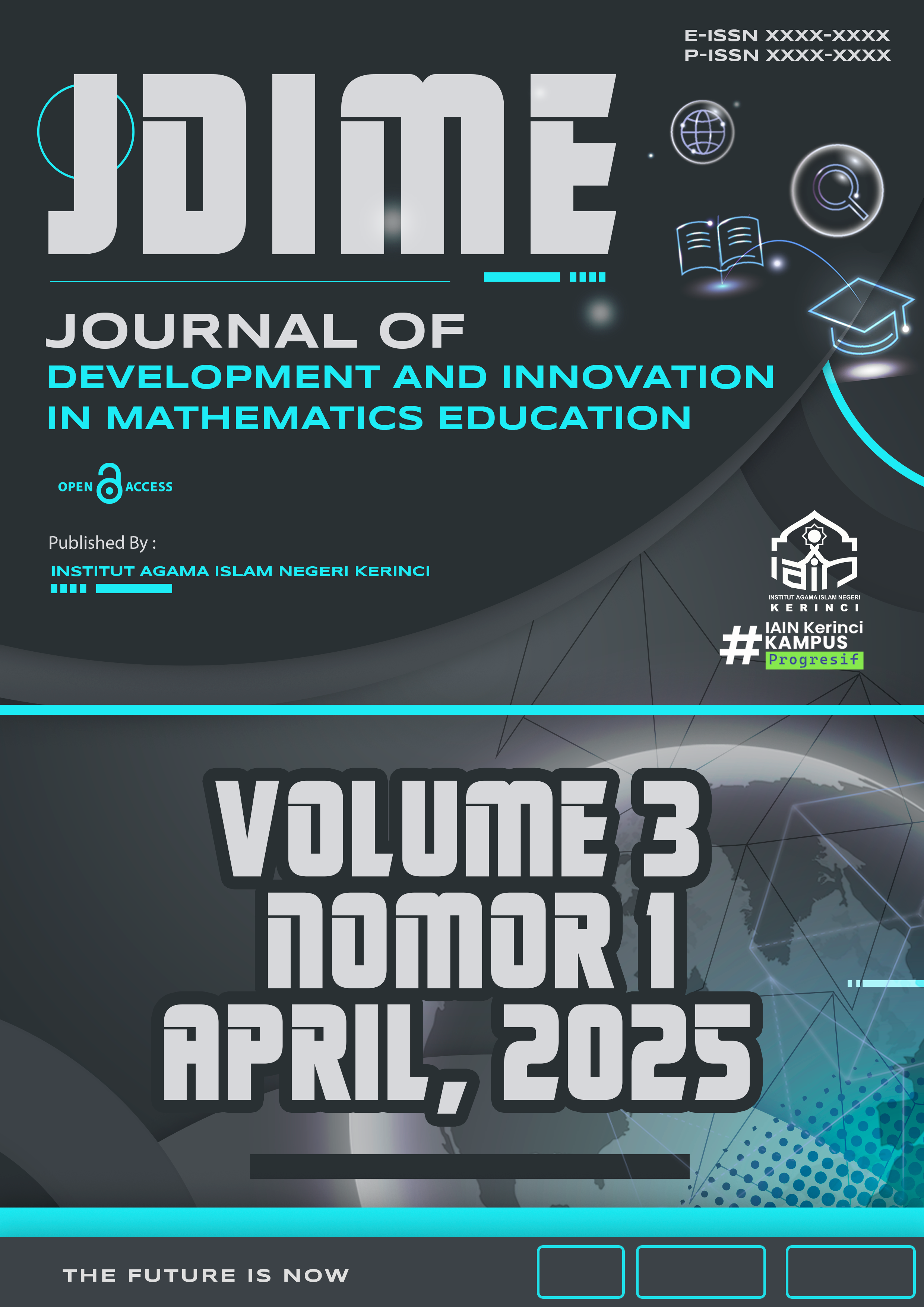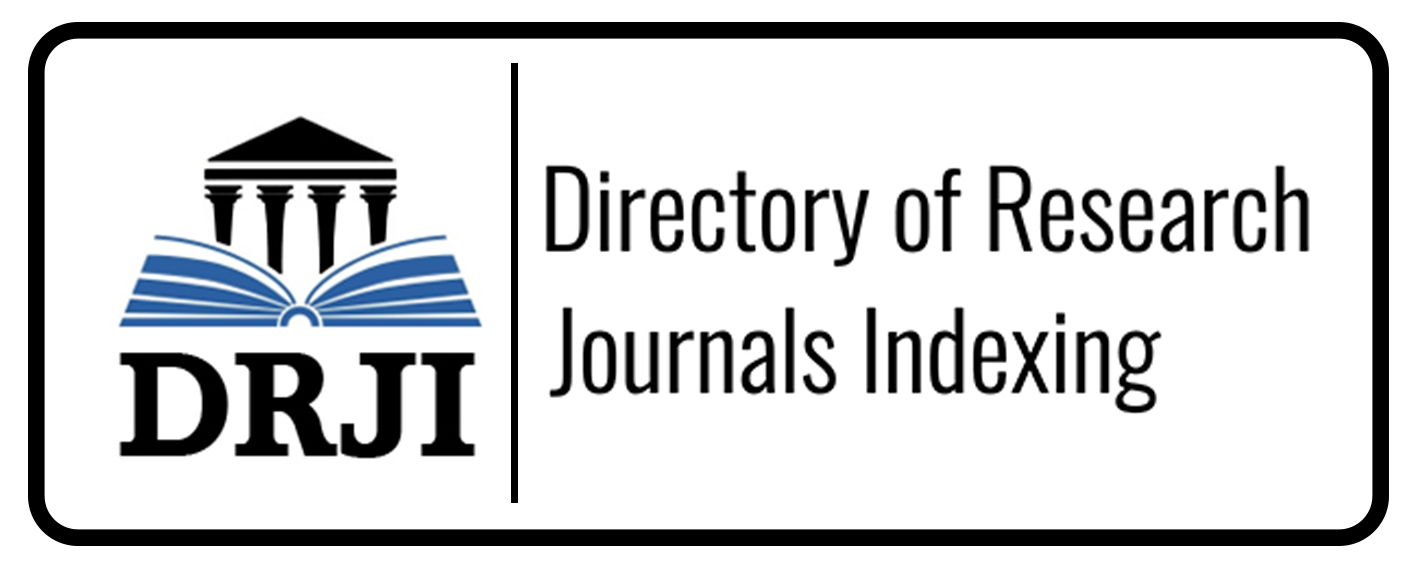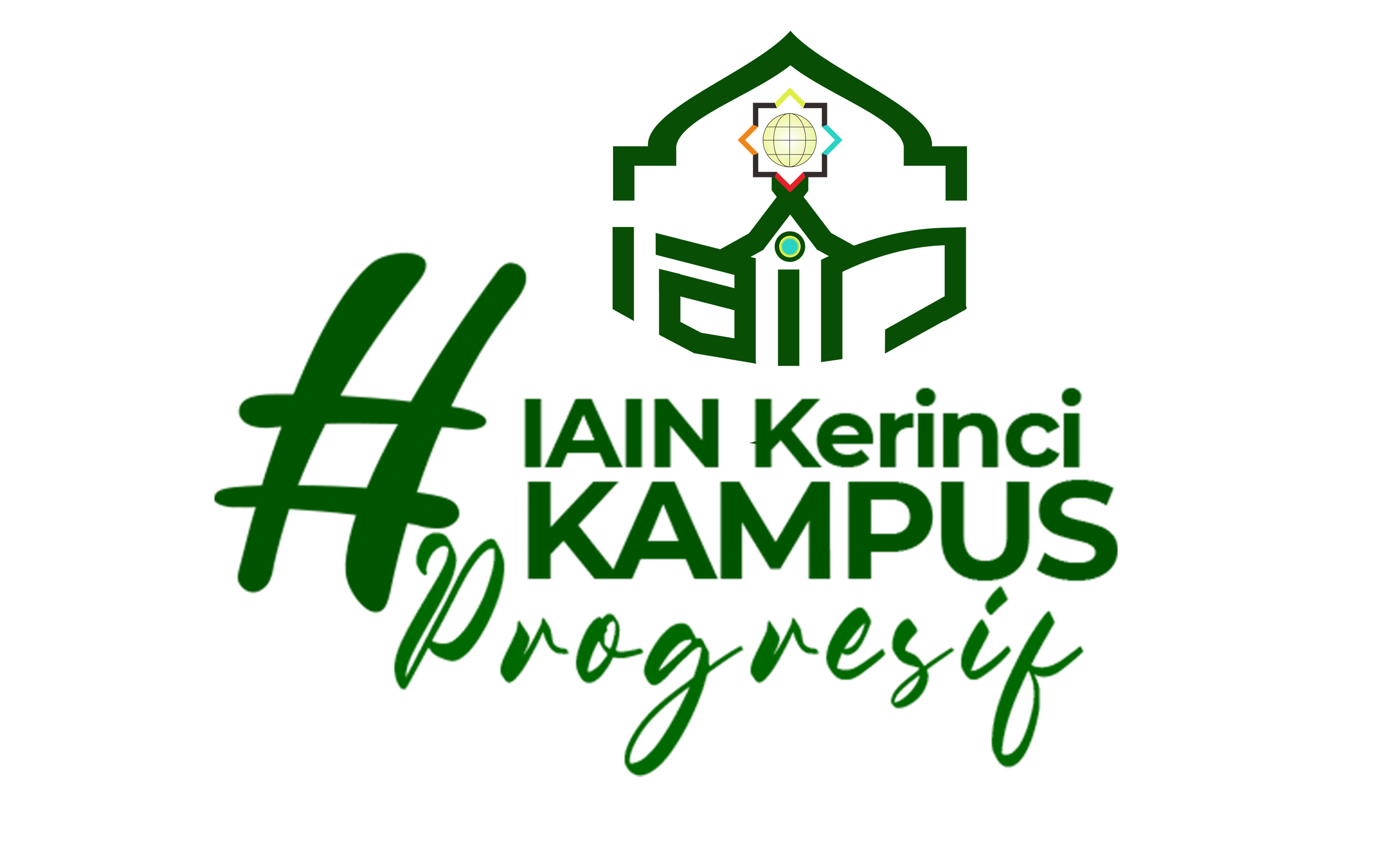Development of Interactive Learning Media Based on Augmented Reality for Solid Geometry Concepts
Abstract
This study aims to develop an interactive learning medium based on Augmented Reality (AR) for teaching three-dimensional geometric shapes to junior high school students. The medium was designed to enhance students’ understanding of geometric concepts, particularly in terms of spatial visualization. The research employed a development approach using the ADDIE model (Analysis, Design, Development, Implementation, Evaluation). The development process involved validation by content and media experts, as well as trials conducted with students to evaluate their responses and the medium’s effectiveness. The results indicated that the developed AR learning medium was highly valid, with a material validity score of 94.5% and a media design validity score of 91.3%. Student response questionnaires revealed that 93.7% of students felt the medium helped them better understand the concepts of three-dimensional figures, while 89.1% stated that the medium made learning mathematics more engaging and enjoyable. Additionally, the average pretest score was 61.7, which increased to 84.2 in the posttest. A paired t-test showed a significance value of p < 0.01, indicating that the improvement in learning outcomes was statistically significant. The AR learning medium was thus proven to be valid and effective in assisting students in visualizing complex geometric objects, as well as making the learning process more engaging and interactive. Consequently, this study recommends the use of AR as an effective alternative learning tool to enhance students' mathematical understanding at the junior high school level.
Downloads
References
Akçayır, M., & Akçayır, G. (2017). Advantages and challenges associated with augmented reality for education: A systematic review of the literature. Educational Research Review, 20, 1–11. https://doi.org/10.1016/j.edurev.2016.11.002
Alkhateeb, M. A., Al-Hariri, M. T., & Alkhateeb, H. M. (2023). The effectiveness of augmented reality in enhancing mathematical achievement and spatial ability. International Journal of Emerging Technologies in Learning (iJET), 18(6), 76–91. https://doi.org/10.3991/ijet.v18i06.37857
Andriyani, T., & Nugroho, R. A. (2023). The effect of augmented reality on students’ spatial visualization ability in solid geometry. Journal on Mathematics Education, 14(2), 239–254. https://doi.org/10.22342/jme.v14i2.pp239-254
Chang, C.-Y., Lee, G., & Hwang, J. (2021). Effects of an augmented reality-based flipped learning guiding approach on students’ scientific project performance and perceptions. Computers & Education, 166, 104172. https://doi.org/10.1016/j.compedu.2021.104172
Chang, S.-C., Liang, C., Chou, P.-N., & Lin, C.-H. (2020). Is game-based learning better in flow experience and various types of cognitive load than non-game-based learning? Perspective from multimedia and media richness. Computers in Human Behavior, 111, 106412. https://doi.org/10.1016/j.chb.2020.106412
Cheng, K.-H., & Tsai, C.-C. (2019). The interaction of child–parent shared reading with an augmented reality (AR) picture book and parents’ conceptions of AR learning. British Journal of Educational Technology, 50(5), 2093–2108. https://doi.org/10.1111/bjet.12803
Chien, Y.-H., Lin, Y.-J., & Hsieh, Y.-W. (2020). A study on the integration of augmented reality into science learning for students with disabilities. Journal of Educational Computing Research, 57(7), 1731–1750. https://doi.org/10.1177/0735633118820441
Dunleavy, M., & Dede, C. (2014). Augmented reality teaching and learning. In J. M. Spector et al. (Eds.), Handbook of Research on Educational Communications and Technology (pp. 735–745). Springer. https://doi.org/10.1007/978-1-4614-3185-5_59
Handayani, R., Setyawan, A., & Ramadhani, R. (2022). Pengaruh media pembelajaran berbasis augmented reality terhadap kemampuan representasi matematis siswa SMP. Jurnal Ilmiah Pendidikan Matematika, 11(2), 210–221. https://doi.org/10.26877/jipmat.v11i2.10467
Huang, Y.-M., Liaw, S.-S., & Lai, C.-M. (2021). Exploring learners’ self-efficacy and intention to use augmented reality instruction. Educational Technology & Society, 24(1), 1–14.
Ibáñez, M. B., & Delgado-Kloos, C. (2018). Augmented reality for STEM learning: A systematic review. Computers & Education, 123, 109–123. https://doi.org/10.1016/j.compedu.2018.05.002
Ibáñez, M. B., Di Serio, Á., Villarán, D., & Kloos, C. D. (2014). Experimenting with electromagnetism using augmented reality: Impact on flow student experience and educational effectiveness. Computers & Education, 71, 1–13. https://doi.org/10.1016/j.compedu.2013.09.004
Lestari, E. D., Wahyu, S., & Sari, P. (2021). Pengembangan media augmented reality berbasis android pada materi bangun ruang sisi datar untuk meningkatkan motivasi belajar matematika siswa. Indonesian Journal of Mathematics Education, 4(1), 10–19. https://doi.org/10.31002/ijome.v4i1.3504
Martin, F., Pastore, R., & Snider, J. (2011). Developing a self-assessment tool to evaluate instructional design knowledge and skills of training professionals. International Journal of Advanced Corporate Learning, 4(4), 19–24. https://doi.org/10.3991/ijac.v4i4.1785
Phan, H. P., & Choo, K. K. R. (2022). Integration of augmented reality in mathematics education: A meta-analytic review. Education and Information Technologies, 27(4), 4641–4665. https://doi.org/10.1007/s10639-021-10747-3
Radu, I. (2014). Augmented reality in education: A meta-review and cross-media analysis. Personal and Ubiquitous Computing, 18(6), 1533–1543. https://doi.org/10.1007/s00779-013-0747-y
Rofiki, I., Permatasari, Y., & Hidayat, R. (2024). Students’ motivation in learning mathematics using augmented reality. Journal of Educational Multimedia and Hypermedia, 33(1), 115–130.
Setiawan, W., Mustadi, A., & Astuti, S. P. (2021). The effectiveness of augmented reality-assisted learning media on spatial intelligence and geometry learning outcomes. International Journal of Instruction, 14(4), 975–994. https://doi.org/10.29333/iji.2021.14456a
Sirakaya, M., & Cakmak, E. K. (2018). The effect of augmented reality use on achievement, misconception and course engagement. Contemporary Educational Technology, 9(3), 297–314. https://doi.org/10.30935/cet.444119
Suh, A., & Prophet, J. (2018). The role of augmented reality in enhancing the flow in gamified learning environments. Journal of Computer Assisted Learning, 34(6), 691–701. https://doi.org/10.1111/jcal.12268
Susanti, R., Fitria, Y., & Rahayu, R. (2023). Augmented reality: Enhancing students’ conceptual understanding in solid geometry. International Journal of Emerging Technologies in Learning (iJET), 18(9), 190–202. https://doi.org/10.3991/ijet.v18i09.39203
Wu, H.-K., Lee, S. W.-Y., Chang, H.-Y., & Liang, J.-C. (2022). Current status, opportunities and challenges of augmented reality in education. Computers & Education: Artificial Intelligence, 3, 100068. https://doi.org/10.1016/j.caeai.2022.100068
Yilmaz, R. M., Goktas, Y., & Yilmaz, F. G. K. (2020). The effects of augmented reality on students’ academic achievement and motivation in a geometry course. Interactive Learning Environments, 28(4), 371–385. https://doi.org/10.1080/10494820.2018.1543171
Yuen, S. C.-Y., Yaoyuneyong, G., & Johnson, E. (2021). Augmented reality: An overview and five directions for AR in education. Journal of Educational Technology Development and Exchange, 14(1), 1–20. https://doi.org/10.18785/jetde.1401.01
Zahra, N. S., Ahmad, T., & Latif, A. (2020). Augmented reality in education: A review of recent trends. Education and Information Technologies, 25(6), 5001–5035. https://doi.org/10.1007/s10639-020-10151-7
Copyright (c) 2025 Wahyu Lestari, Dafik Dafik

This work is licensed under a Creative Commons Attribution 4.0 International License.



























 JDIME: Journal of Development and Innovation in Mathematics Education (e-ISSN
JDIME: Journal of Development and Innovation in Mathematics Education (e-ISSN 
